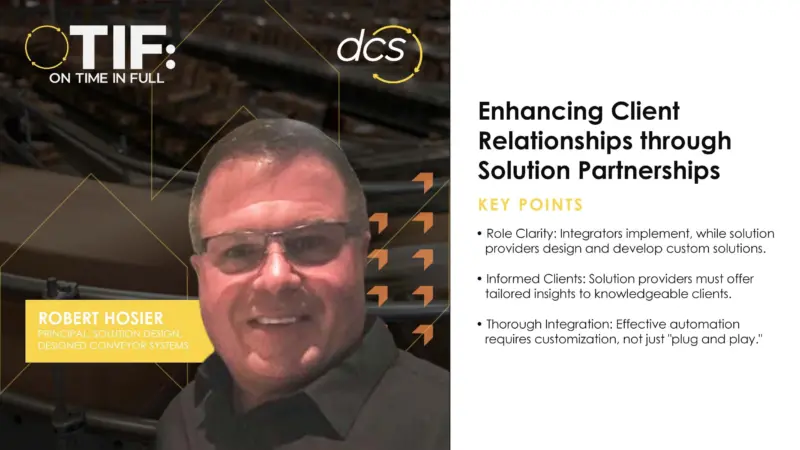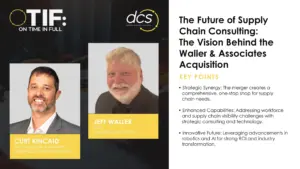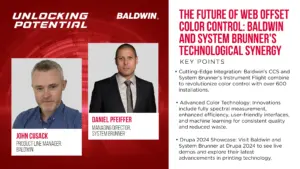A Good Design is a Problem Solved with Dony Dawson of Clarus
A designer is tasked with one of the hardest professional balances in the game: function vs. fashion. Can they create something that’s not only aesthetically pleasing, but serves its purpose? Dony Dawson, Vice President of Design for Clarus, said that often, designers miss the point of their project.
“I’ve seen it throughout my career many times, people who claimed to be designers and they like to sit down in a room and just come up with really dreamy ideas and then they throw it into the wind and see if anybody grabs it,” Dawson said. What he’s found sets a designer apart is aiming to solve a client’s problem, asking questions, and getting to the meat of the design. “Many people seem to forget that we’re in the business of solving people’s problems and making their lives easier.”
Dawson joined us on Glass is in Session to dig into his methodology for delivering a design that not only looks the part, but delivers functionally, tips for how designers can break out of the creative rut, and some examples of when Clarus has taken what a client wants and turned it into what a client needs.
HIGHLIGHTS FROM THE EPISODE
Daniel Litwin: So let’s turn to the actual client relationship. I think that is an important part of insuring that the design comes off not only beautifully but effectively and I think this is something you hear a lot in service obviously, which is the customer is always right. But I think to a degree, the customer, the client always being right isn’t necessarily true and taking their input is important, but sometimes being able to take their input and say, “Hey, I acknowledge what you’re trying to do here, but you will get a better product if blank or if we go in blank direction.” Tell me a bit about that delicate balance of listening but also taking the initiative to give some of that tough feedback when things maybe what the client imagines is the best product isn’t really the best product.
Dony Dawson: Well, I’m really glad you brought that up because that is an absolutely wonderful thing that we love to work with. When we work with our end clients, whether that’d be an end user, a designer, a dealer, whoever it is what we’re working with, we get so excited, we bring them in-house, we bring them into our R&D facility, and this becomes some of the very best conversations that we have. And what happens is as we start to go through the discovery process, start talking about the issues, the problems, some of the things that they’ve tried in the past that may or may not have worked, we start to then find that the conversation doesn’t become a beat down for anybody, it becomes exciting. They become part of that discovery process and we love partnering with designers and end users.
And as the two of us or the three of us or how many people we have in the room start to put our heads together and we start go through this process, it becomes very synergistic and it empowers them and starts to help them to think a little bit differently and it’s amazing what comes out of those meetings and it’s very empowering for them to understand how we do things, and then when they see it and when they get involved with it and they start to see the techniques that we have from making things, we come up with something as a whole that none of us could have come up with as a single individual.
DL: And do you ever feel pushed back on some of these ideas or do you have any tips and tricks for when the client isn’t quite as receptive to that idea how you balance keeping integrity for the project that Clarus is putting their name on but at the same time, you know, you don’t want to upset the client, either you want them to have the best product possible?
DD: Absolutely. And so for those who haven’t had an opportunity to come to Clarus and to see our wonderful facility and the laboratory that we have, we have worked very hard to take the prototyping process and bring it all in-house. And so what used to take six to eight weeks for a prototype of a certain piece to come back to us, we can now do that in two to three hours.
And to answer your question, we like to go ahead and produce or even create three-dimensional photo realistic renderings of what maybe a client has asked. But because of the speed at which we can do this, we can then present two or three other options that piggybank off what they’ve designed and say, “Hey, we know the design that you gave us is great and we got some really good ideas from that that spurned on these other ideas.”
And once you take a look at that and evaluate it, and again, we’re trying to empower those individuals so that they can see the creative process, feel like they’re part of it, and really take ownership of the design process along with those and then it becomes exciting, synergistic. We build their trust. And once we have their trust now, then they let us loosen the reins and go forward with things that they had never even dreamt possible.
For the latest news, videos, and podcasts in the AEC Industry, be sure to subscribe to our industry publication.
Follow us on social media for the latest updates in B2B!
Twitter – @AECMKSL
Facebook – facebook.com/marketscale
LinkedIn – linkedin.com/company/marketscale







